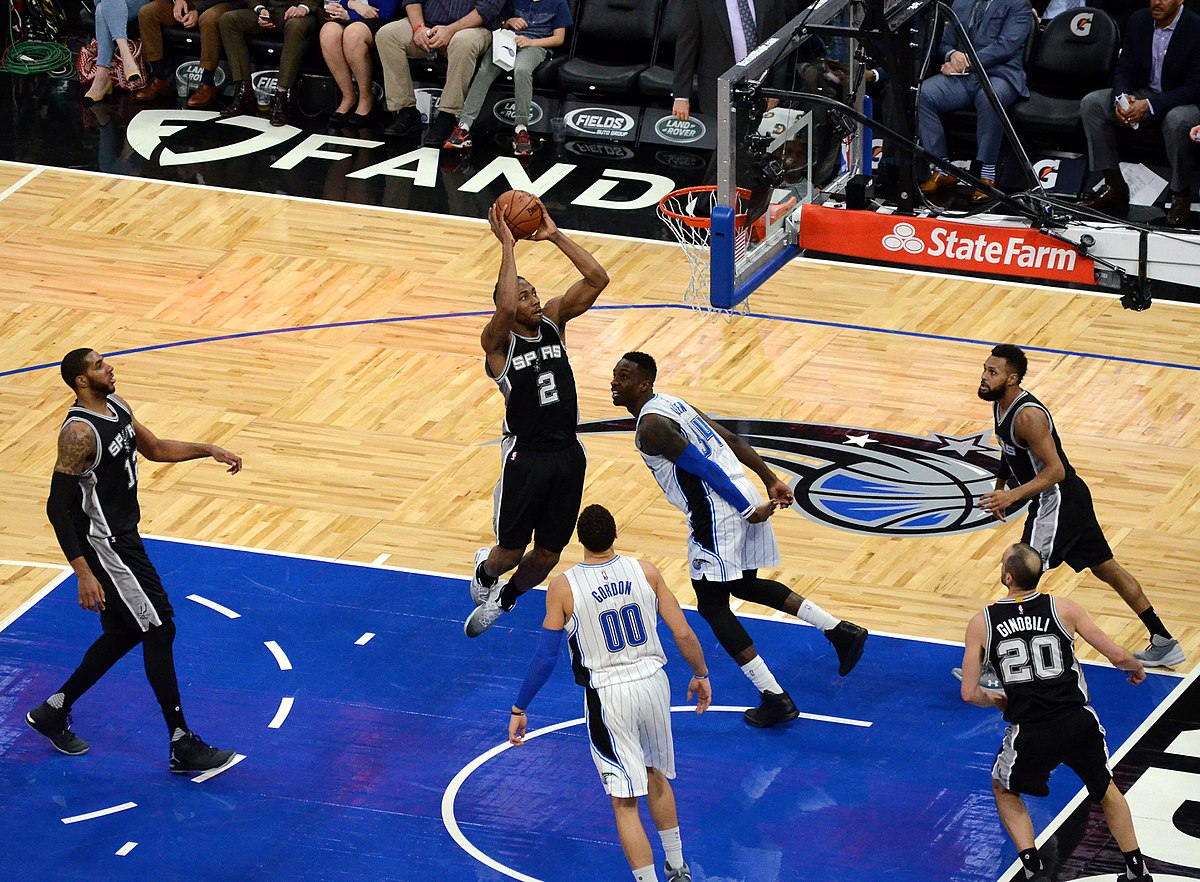Takeaways from The Playmaker’s Advantage: How to Raise Your Mental Game to the Next Level:
1) Physicality or athlete cognition – what is more effective to focus on?
- “We spend a disproportionate amount of time trying to grow muscle and increase speed when the payoff would be much greater by focusing on cognitive instructions and decision-making quickness.”
- “The science of strength and conditioning is well researched and documented. However, the science of the brain is still at a fundamental level insofar as how we learn skills, how we perceive the environment, and how we make fast decisions.”
2) What’s more important to performance – ‘bigger, faster, stronger’ or perceptual-cognitive skills?
- “Stephen Curry can win MVP awards alongside LeBron James despite giving up six inches and sixty pounds.” Another example: the diminutive Lionel Messi vs. the Adonis-like Cristiano Ronaldo.
- “Despite overflowing rivers of data analytics and physical metrics, there is still a need to measure cognitive competitiveness that, at the end of the day, contributes the most to winning.”
3) Are athletes born with innate cognitive advantages or do they come from years of training?
- Arthur Kramer, PhD: “Perhaps people gravitate to these sports because they’re good at both (being ‘born’ with good abilities and ‘made’ through practice). Or perhaps it’s the training that enhances their cognitive abilities as well as their physical ones. My intuition is that it’s a little bit of both.”
- “What if we could train young athletes to see better, think better, and ultimately play better?” “So-called B players could grow into A players, at least between the ears.”
4) Enhancing athlete vision is good, but likely only in the environment that is required in sport
- According to researchers Paul Ward and Mark Williams, “the visual system does not function in isolation from the perceptual-cognitive system; these two components work together in an integrated manner to facilitate effective perception.”
- “If we’re going to attempt to train an athlete’s vision, let’s try to do it within a sports context to combine incoming sensory data with the rest of the athlete cognition cycle.”
5) How can coaches teach decision-making?
- John Longmire, coach of the Sydney Swans: “As coaches, we have learned how to make out players stronger, faster, and more fit through our sport science programs.. But we have not come up with a good strategy for teaching perhaps the most important skill in our sport: decision-making.”
- It is affected by psychological pressure (an important game) and opponent pressure (when they take away space). Football players are capable of making decisions, but they change based on situations.

6) Kawhi Leonard
- “I look at film, but more than watching individual players, I’m trying to know their tendencies so I can… guess. That’s what it comes down to, really, making the best guess.”
7) Youth sports problems
- “For today’s obsessive youth sports culture, letting kids be kids is counterintuitive.”
- “Ironically, playing different sports may actually improve their preferred, main sport. Exercising different muscle groups as well as expanding perceptual-cognitive skills will build the whole athlete while preventing burnout.”
8) What the four co-actives (physiological, psychological, technical, and tactical) look like in sport versus in a typical practice
- “It starts with a tactical decision to execute a technical motor skill based on physiological foundation influenced by the psychological emotions of the moment.”
- “This combination is always inter-connected, but coaches often disassemble these components during training, assuming it will help athletes learn faster.” Example: “chalkboard discussions describe tactics, skill drills hone technical movements, and strength and conditioning focus on physiological development, while psychological stress is often absent. But that’s not how the game is played.”
Check out the book here.
Kawhi Leonard photo Attribution: By Jose Garcia from Orlando FL, USA (Kawhi Leonard Dunk) [CC BY 2.0 (https://creativecommons.org/licenses/by/2.0)], via Wikimedia Commons




